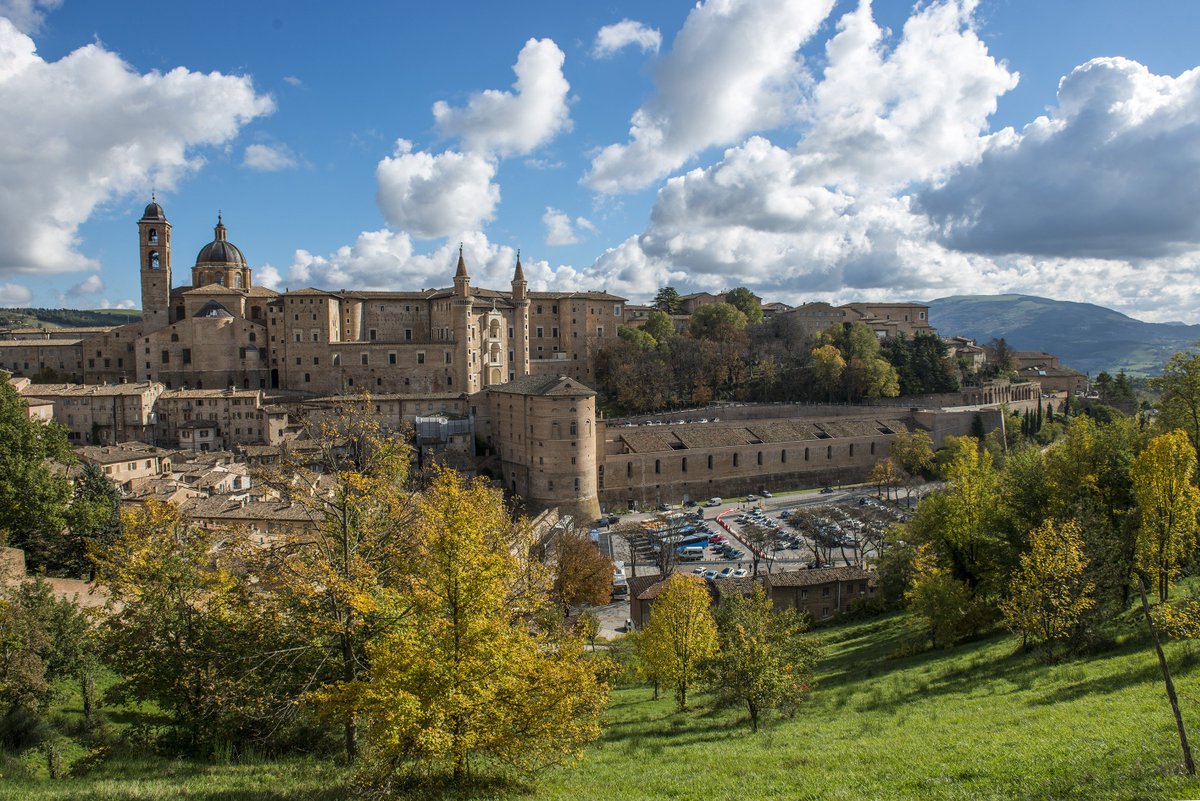
Urbino is a walled city in the Marche region of Italy, south-west of Pesaro, a World Heritage Site notable for a remarkable historical legacy of independent Renaissance culture, especially under the patronage of Federico da Montefeltro, duke of Urbino from 1444 to 1482. The town, nestled on a high sloping hillside, retains much of its picturesque medieval aspect. It hosts the University of Urbino, founded in 1506, and is the seat of the Archbishop of Urbino. Its best-known architectural piece is the Palazzo Ducale, rebuilt by Luciano Laurana.
The city is located in a predominantly hilly area, at the foothills of the Northern Apennines and the Tuscan-Romagnolo Apennines. The city is in the southern area of Montefeltro, an area classified as medium-high seismic risk. In the database of earthquakes developed by the National Institute of Geophysics and Volcanology, nearly 65 seismic events have affected the town of Urbino between 26 March 1511 and 26 March 1998. They include 24 April 1741, when the shocks were stronger than VIII on the Mercalli intensity scale, with an epicenter in Fabriano (where it reached 6.08 on the moment magnitude scale)
The modest Roman town of Urbinum Mataurense ("the little city on the river Mataurus") became an important strategic stronghold in the Gothic Wars of the 6th century, captured in 538 from the Ostrogoths by the Byzantine general Belisarius, and frequently mentioned by the historian Procopius.
Though Pepin the Short (King of the Franks) presented Urbino to the Papacy in 754–56, independent traditions were expressed in its commune, until, around 1200, it came into the possession of the House of Montefeltro. Although these noblemen had no direct authority over the commune, they could pressure it to elect them to the position of podestà, a title that Bonconte di Montefeltro managed to obtain in 1213, with the result that Urbino's population rebelled and formed an alliance with the independent commune of Rimini (1228), finally regaining control of the town in 1234. Eventually, though, the Montefeltro noblemen took control once more, and held it until 1508. In the struggles between the Guelphs and Ghibellines, when factions supported either the Papacy or the Holy Roman Empire respectively, the 13th and 14th century Montefeltro lords of Urbino were leaders of the Ghibellines of the Marche and in the Romagna region.
Cesare Borgia dispossessed Guidobaldo da Montefeltro, Duke of Urbino, and Elisabetta Gonzaga in 1502, with the complicity of his father, Pope Alexander VI. After the attempt of Pope Leo X to appoint a young Medici as duke, thwarted by the early death of Lorenzo II de Medici in 1519, Urbino was part of the Papal States, under the dynasty of the dukes Della Rovere (1508–1631). They moved the court to the city of Pesaro in 1523 and Urbino began a slow decline that would continue until the last decades of the seventeenth century.
In 1626, Pope Urban VIII definitively incorporated the Duchy into the papal dominions, the gift of the last Della Rovere duke, in retirement after the assassination of his heir, to be governed by the archbishop. The state was ruled thereafter by a papal legate, generally belonging to high ecclesiastical hierarchy. Following the annexation of the duchy by the Papal States, the rich artistic heritage (including furniture) of the Ducal Palace went to form, for the most part, the dowry of the last direct descendant of the Della Rovere, Vittoria della Rovere, who married Ferdinand II de Medici. These works went on to form the core of the future Uffizi Gallery. Among the works that went to Florence is the diptych of the Dukes of Urbino by Piero della Francesca. Other works of the Ducal Palace were brought to Rome, such as the Barberini Ex Tables of Fra Carnevale and the famous library, absorbed entirely by the Vatican Library in 1657
- - - - - - - - -
The clay earth of Urbino, which still supports industrial brickworks, supplied a cluster of earthenware manufactories (botteghe) making the tin-glazed pottery known as maiolica. Simple local wares were being made in the 15th century at Urbino, but after 1520 the Della Rovere dukes, Francesco Maria I della Rovere and his successor Guidobaldo II, encouraged the industry, which exported wares throughout Italy, first in a manner called istoriato using engravings after Mannerist painters, then in a style of light arabesques and grottesche after the manner of Raphael's stanze at the Vatican. Other centers of 16th century wares in the Duchy of Urbino were at Gubbio and Castel Durante. The great name in Urbino majolica was that of Nicolo Pillipario's son Guido Fontana.

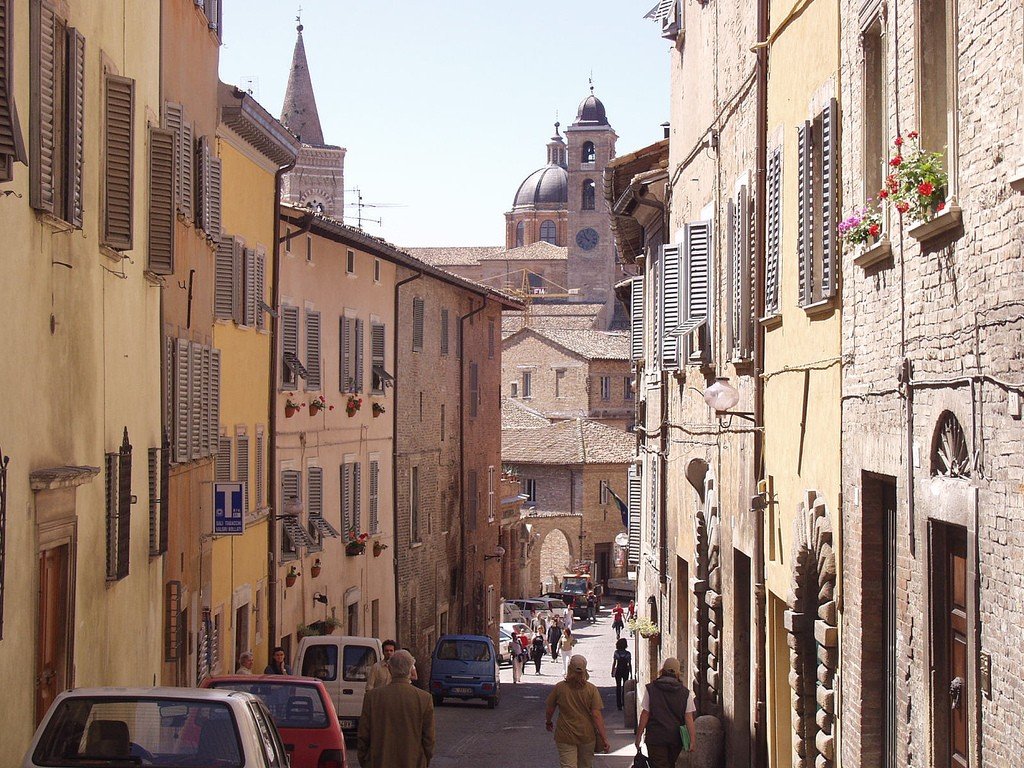
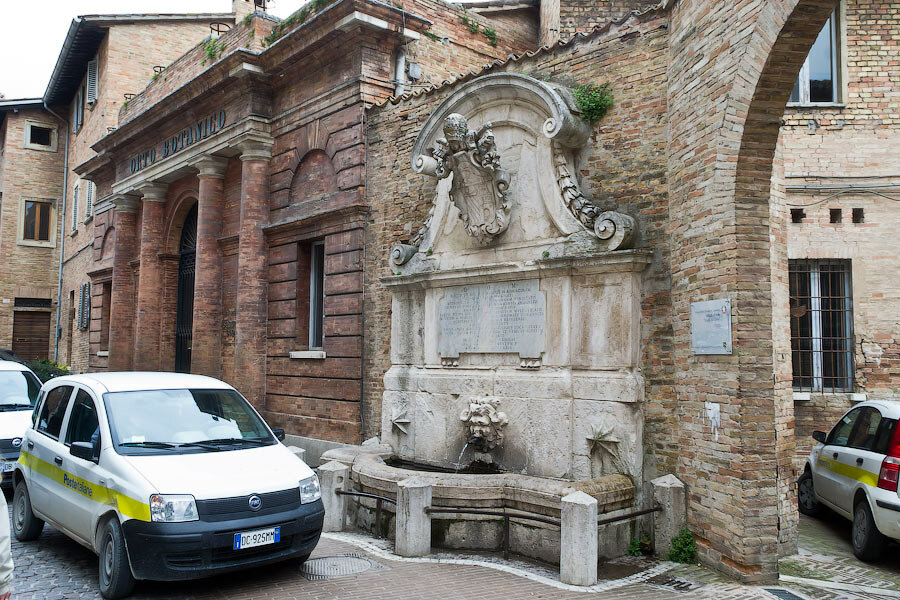

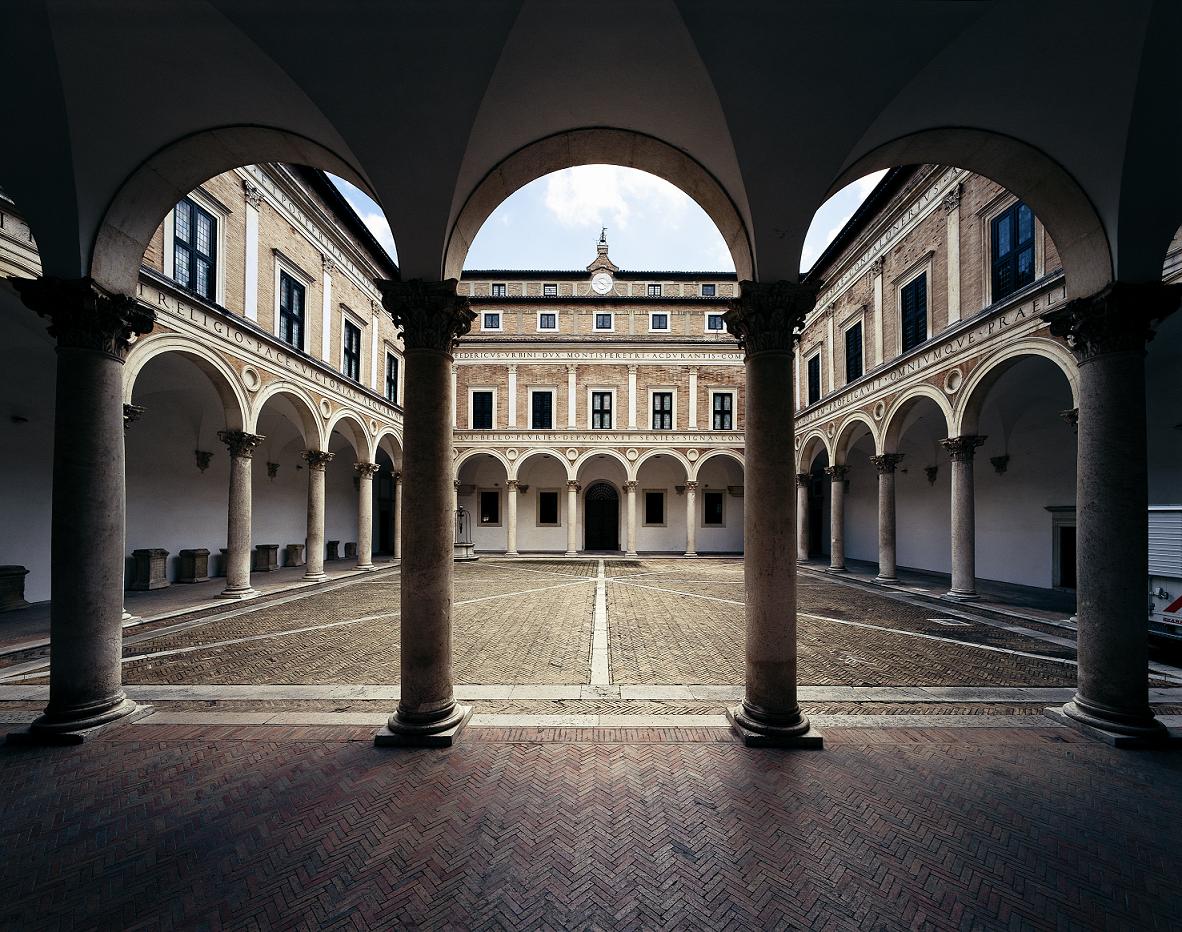
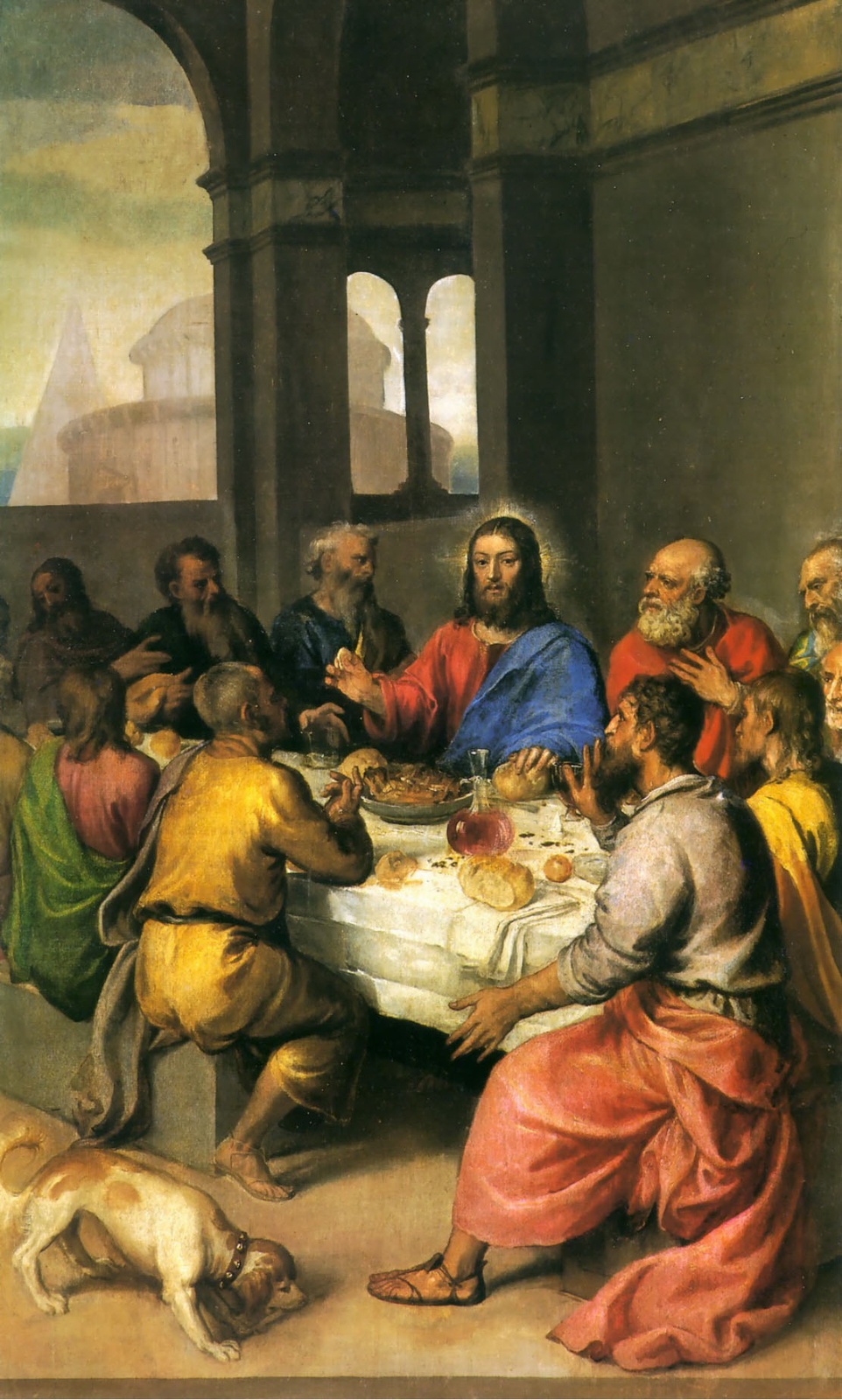
Titian Vecellio, Last Supper 1542-1544, Urbino, National Gallery of Marche







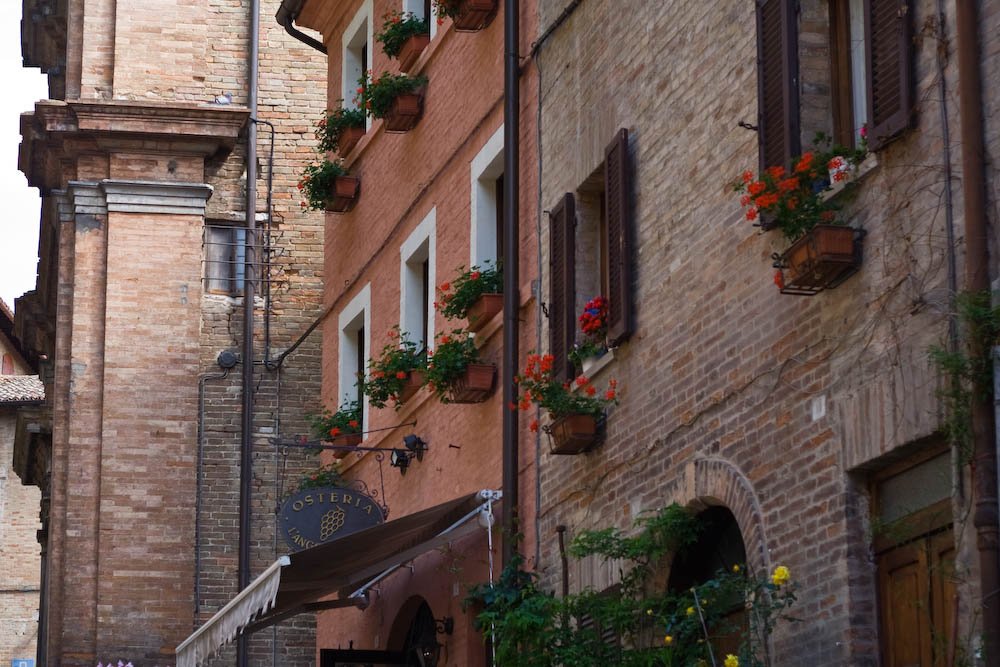
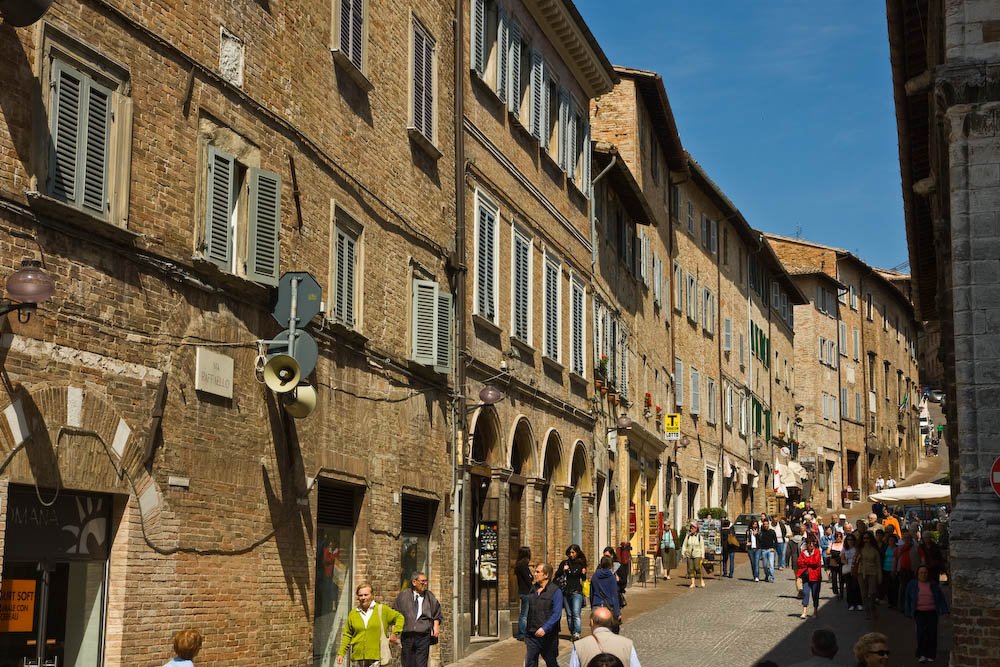

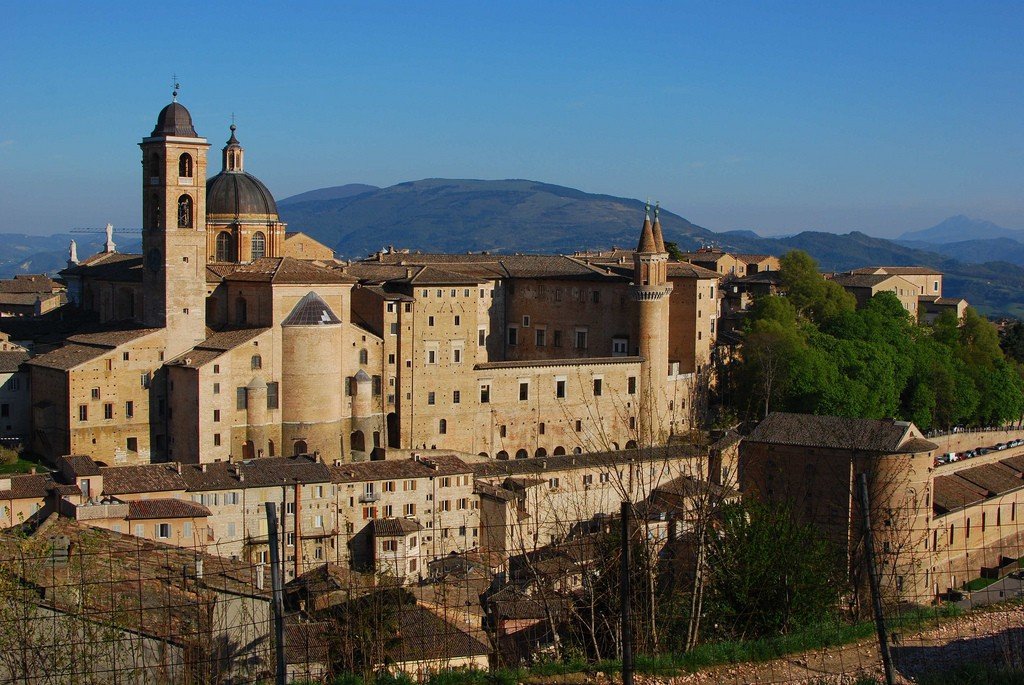



No comments:
Post a Comment